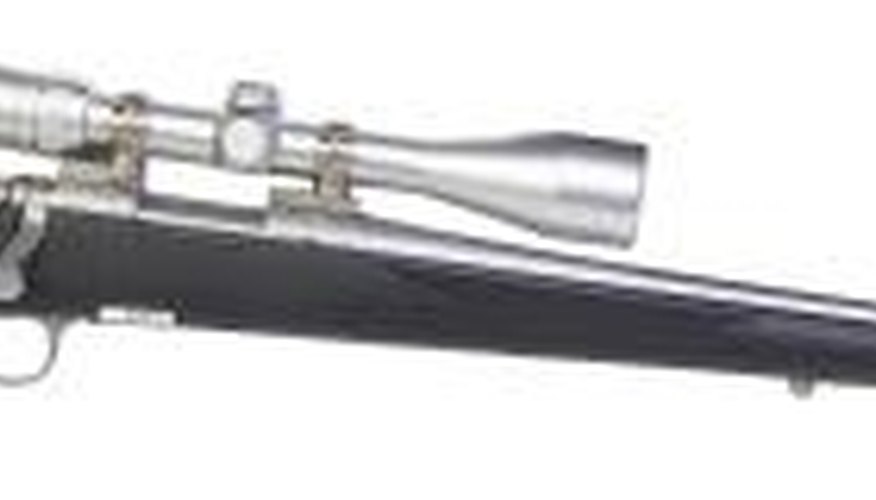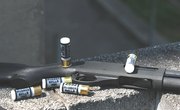
A bull barrel is a type of gun barrel that does not taper outward, making it completely cylindrical. This makes the barrel stiffer, which reduces the amplitude of the vibrations in the barrel created by by the sudden increase of air pressure in the chamber when the gun goes off. The point of the bull barrel is to reduce the negative effect these vibrations have on aim.
Disadvantages
For rifles, the bull barrel creates a problem as well as solves one: It makes the gun heavier, which makes rifles more cumbersome and unwieldy. The increase in diameter of a fully cylindrical barrel can as much as triple the mass of a barrel compared with typical lightweight models. Many bull barrels have rectangular holes called "flutes" that help to alleviate this, but even fluting cannot wholly make up for the weight increase.
Source of vibrations
For pistols like the Ruger MK III and other small guns that use bull barrels, the vibration-dampening effect is less important, if it factors in at all. In guns with shorter muzzles like pistols, the bullet doesn't spend enough time traveling through the the barrel for it to be overly affected by the vibration. But unless they are mounted to the ground or a benchrest, rifles with tapered barrels allow the bullet to build up a high amplitude of vibration that can drive them off course.
Advantages in Pistols
For pistols, bull barrels do have some strong points even if they don't to as much vibration-dampening. In pistols, the additional weight of the fully cylindrical tube can improve firing stability and accuracy. Also, the increased airflow introduced by the flutes makes the barrel build up less heat.
Aesthetic appeal
The bull barrel got its name from its association with the size and strength of the animal of the same name. And as one would expect of a weapon with such a name, many bull barrel enthusiasts admit that its main appeal is that the look is novel, especially on pistols.
References
Writer Bio
Kevin Corbett graduated from Grand Valley State University with a Bachelor of Arts in English secondary education. Specializing in literature, education and gaming, Corbett's writing has been published in magazines and online publications such as "Able Muse" and 14 by 14.



